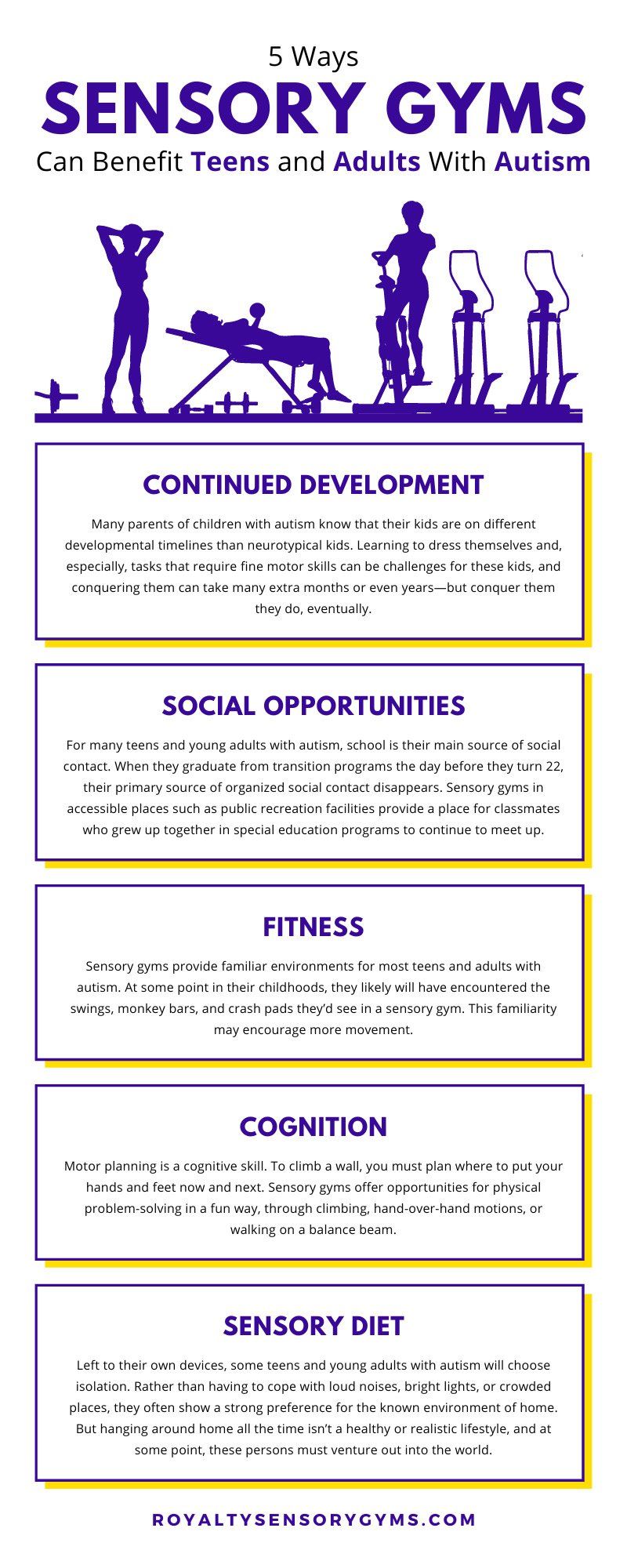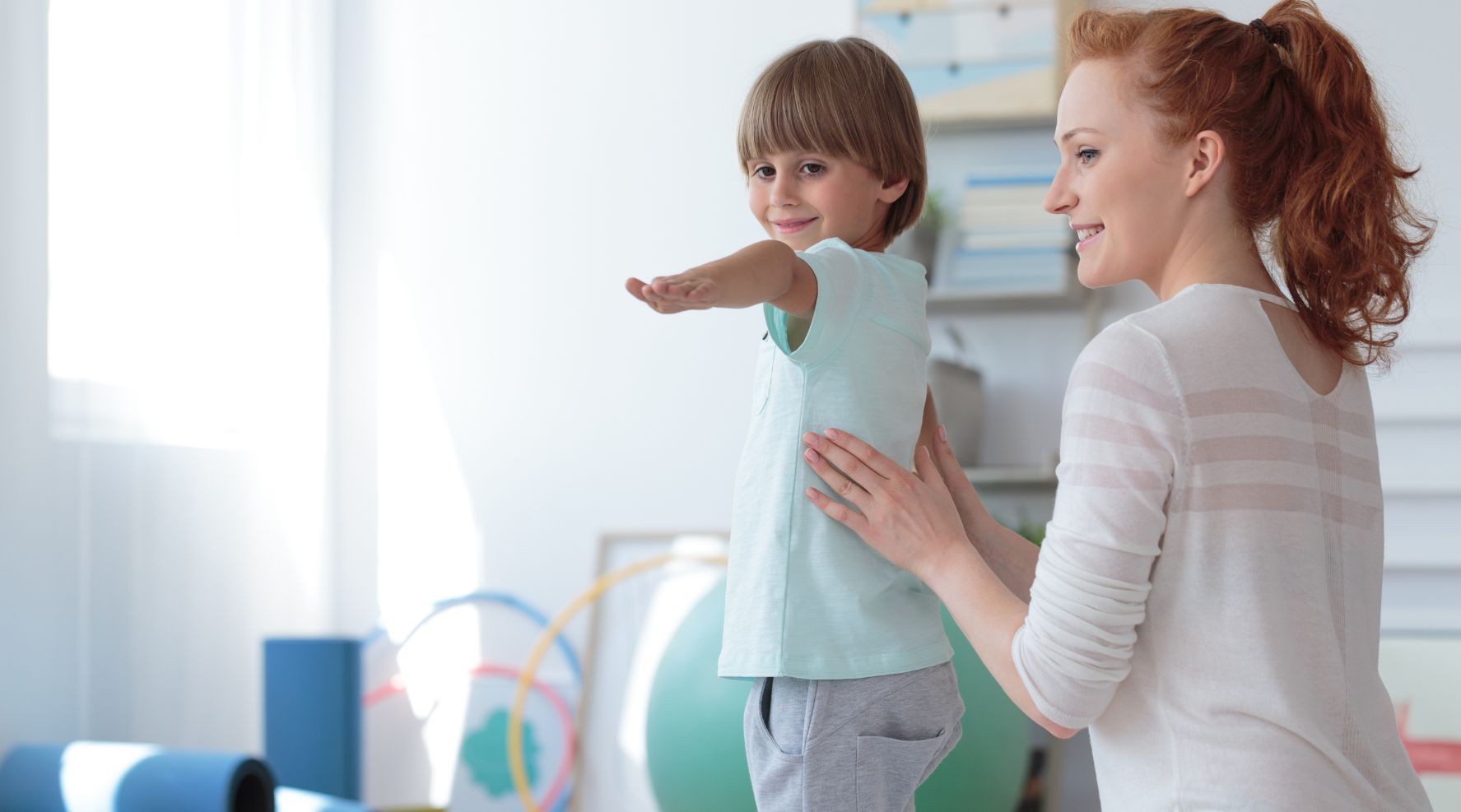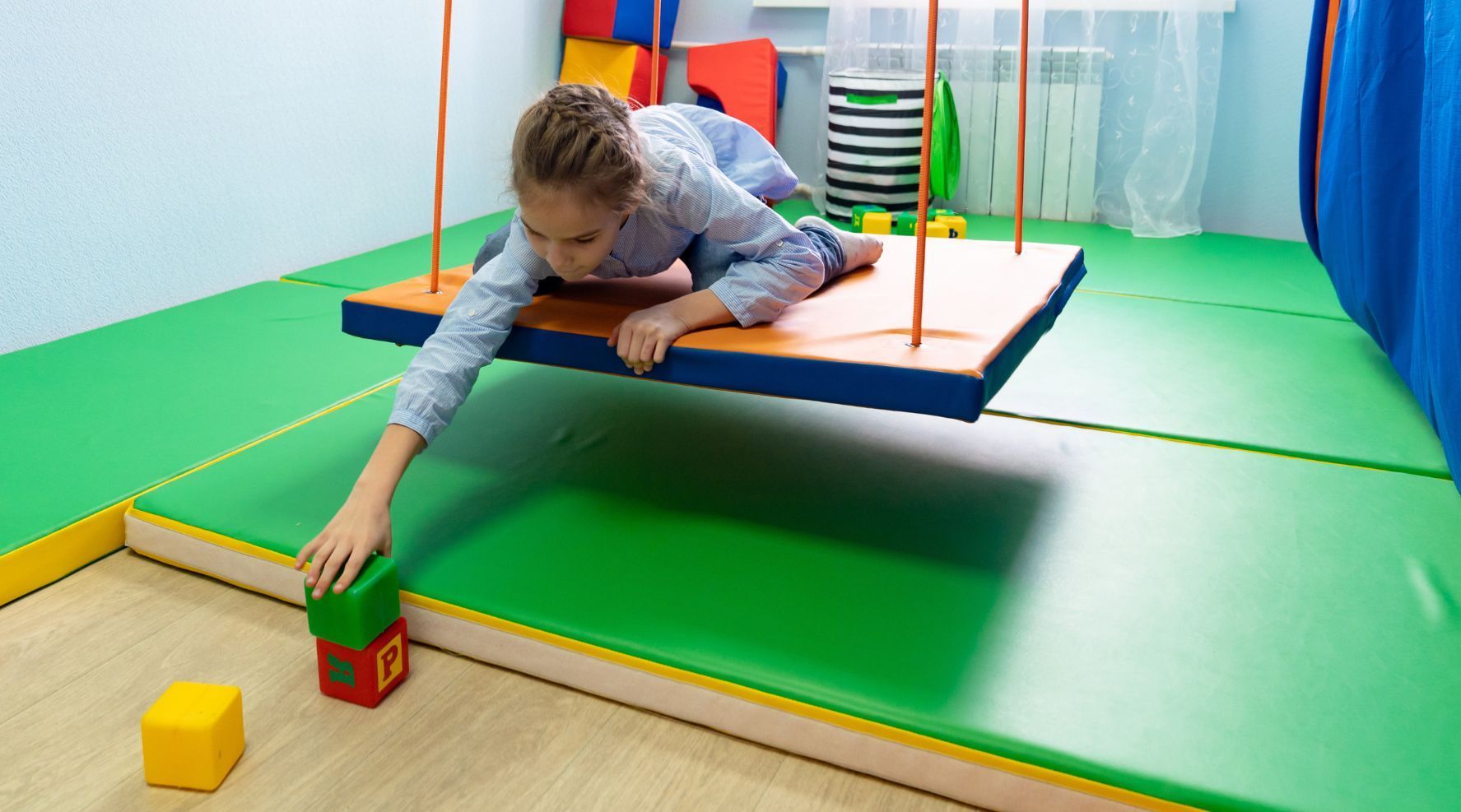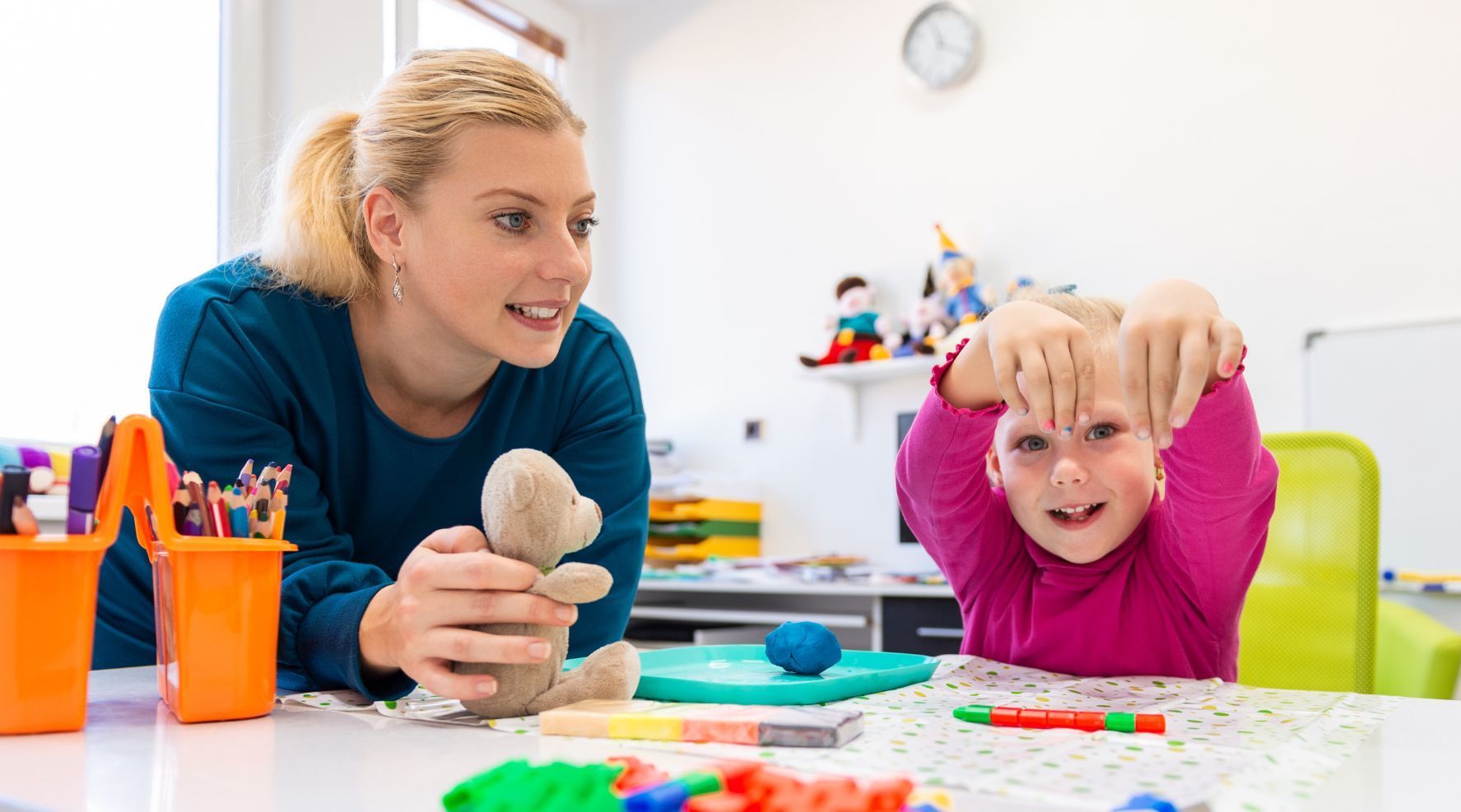5 Ways Sensory Gyms Can Benefit Teens and Adults With Autism
Most publicly provided services for persons with disabilities end at age 22. Parents of children with autism often view that milestone with dread, referring it to “the cliff.” They often feel that their children will get thrown out into a world that they may not be prepared to handle. These worries are even greater for parents of young adults with severe disabilities.
Another concern is physical fitness. Finding age-appropriate sensory activities for adults and teens becomes more difficult when they leave school. Once people with autism “age out” of the public school system, they no longer have access to the regularly scheduled gym classes that provided them with the chance to move and play. Many special recreation districts and associations help with robust programming, but there’s still the challenge of encouraging autistic young adults to try new things, make new friends, and participate in new activities. Some take to it, while others become extremely anxious at the prospect of new transportation schedules, new group facilitators, and unfamiliar recreational facilities.
With no therapy or social skills groups organized for them, parents and young adults with autism often feel that they’re on their own to cobble together therapies, activities, and jobs to fill their days. For physical fitness, they’re left with family activities or playgrounds designed for toddlers.
Sensory gyms can help. More institutions are beginning to recognize that autism doesn’t go away at age 22 and that adults with autism need environments suited for their needs to exercise and calm themselves when the world becomes too much. Hospitals, hotels, municipal recreation centers, and public parks and playgrounds can all be more inclusive by offering equipment that serves everyone, including the neurodiverse and physically challenged population.
If you’re an advocate for a person with autism, consider presenting these five ways that sensory gyms can benefit teens and adults with autism to your local park district and other organizations and institutions that serve your community. You may convince them to construct a sensory playground in your community that’s inclusive for teens and young adults with autism, physically disabled persons, and neurotypical and physically able people alike.
What Is a Sensory Gym?
Sensory gyms can be described as therapeutic environments disguised as playgrounds or fitness clubs. They contain equipment that helps persons with autism or sensory processing or sensory integration disorders (SID) develop their sensory abilities.
In a sensory gym, you’ll find a collection of equipment that may include swings, climbing walls, monkey bars, zip lines, balance beams, roller slides, mini trampolines, and “crash pads” (piles of thick, soft mats to crash into or jump onto). These pieces of equipment help gym users develop balance and body awareness while building physical strength.
In a comprehensive, well-designed sensory gym, you’ll also see built-in quiet areas, where persons with autism can retreat to take a break. These may be darkened, quiet spaces that contain soothing light features such as lava lamps, bubble lights, or aquariums to allow gym users to take a sensory break and relax for a while, away from the activity in the rest of the gym.
The equipment in a sensory gym is also common in occupational therapy and some physical therapy environments that treat pediatric patients. But sensory gyms can also help teens and adults with autism in the following ways and more:
Continued Development
Many parents of children with autism know that their kids are on different developmental timelines than neurotypical kids. Learning to dress themselves and, especially, tasks that require fine motor skills can be challenges for these kids, and conquering them can take many extra months or even years—but conquer them they do, eventually.
Gross motor skills can also be challenges. Children with developmental differences may take longer to learn to walk, or they might develop odd gaits. They sometimes have trouble “crossing the midline,” (reaching across from one side of their bodies to the other) or with bilateral movement (using both sides of their bodies together to move). They may have trouble with balance (the vestibular system)and with knowing where parts of their own bodies are relative to the environment around them (their proprioceptive sense).
For people with intellectual and developmental disabilities, learning doesn’t stop when they graduate from high school. Sensory gyms provide opportunities for these people to continue developing motor skills. They also give young adults the chance to continue to develop sensory perception, particularly their vestibular and proprioceptive systems.
Social Opportunities
One of the biggest sensory gym benefits for teens and adults is the opportunity to connect with others like themselves. For many teens and young adults with autism, school is their main source of social contact. When they graduate from transition programs the day before they turn 22, their primary source of organized social contact disappears. Sensory gyms in accessible places such as public recreation facilities provide a place for classmates who grew up together in special education programs to continue to meet up. They also motivate teens and young adults with autism to get out into their communities, where they’ll have a chance to make new friends.
Fitness
A troubling truth about growing up with autism is that teens with autism are twice as likely than neurotypical teens to be obese. Difficulty with gross motor skills, trouble understanding the rules of games, and the overwhelming, noisy environments of physical play and team sports can cause teens with autism to withdraw from many forms of physical activity.
This is why sensory activities for teens and adults are so crucial. Sensory gyms provide familiar environments for most teens and adults with autism. At some point in their childhoods, they likely will have encountered the swings, monkey bars, and crash pads they’d see in a sensory gym. This familiarity may encourage more movement.
When a teen or adult spends time in a sensory gym with others with similar conditions, they may also face the social challenge of waiting their turn or negotiating who gets to use which piece of equipment next. These types of social skills are necessary to succeed in ordinary life in the community, and sensory gyms can offer practice. For sensory-seeking autistic persons or persons with SID who crave deeper sensory stimulation, a sensory gym also provides the opportunity to literally “bounce off the walls” or safely jump from heights.
Cognition
Motor planning is a cognitive skill. To climb a wall, you must plan where to put your hands and feet now and next. Sensory gyms offer opportunities for physical problem-solving in a fun way, through climbing, hand-over-hand motions, or walking on a balance beam.
Sensory Diet
Left to their own devices, some teens and young adults with autism will choose isolation. Rather than having to cope with loud noises, bright lights, or crowded places, they often show a strong preference for the known environment of home. But hanging around home all the time isn’t a healthy or realistic lifestyle, and at some point, these persons must venture out into the world. Sensory gyms offer a “sensory diet” of experiences that can help teens and adults develop strategies to endure environments that make them feel anxious. They can practice recognizing when they begin to feel overwhelmed. Then, they can decide what to do when they begin to feel that way, whether it’s asking for a break, retreating to the isolation area, or changing from the monkey bars to the swings.
Consult an occupational therapist for more information that could help you advocate for construction of a sensory gym in your community. To learn more about creating a gym with sensory activities for adults and teens, give the experts at Royalty Sensory Gyms a call today!





